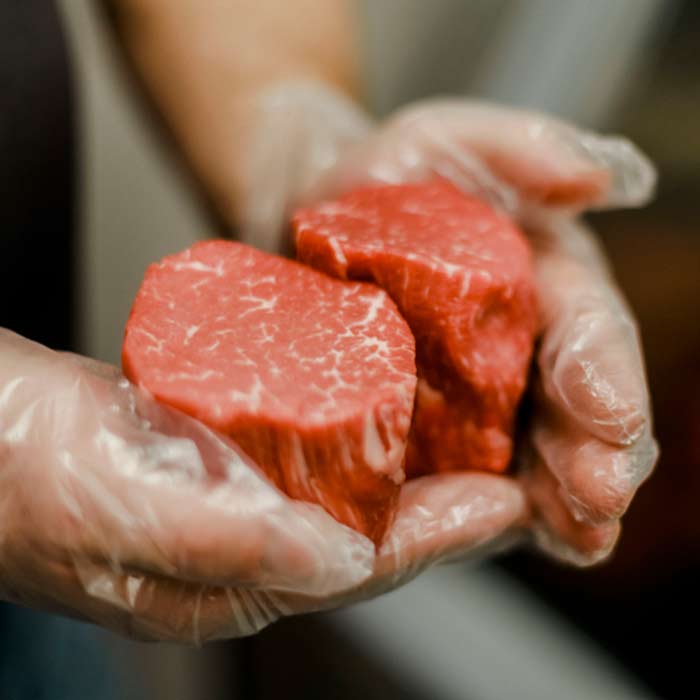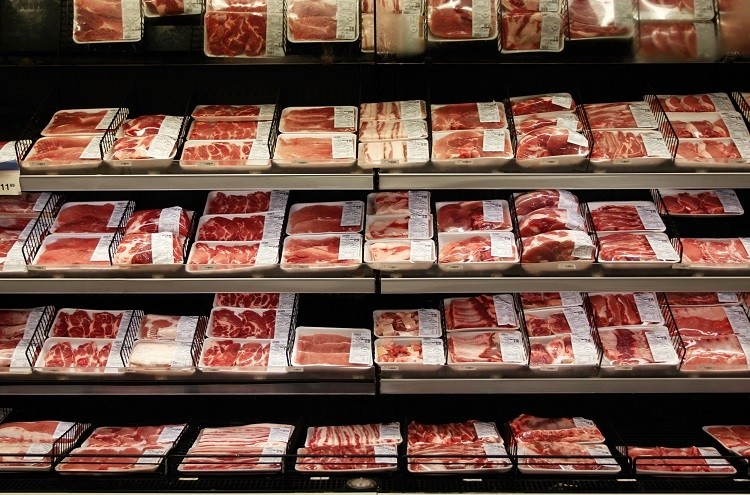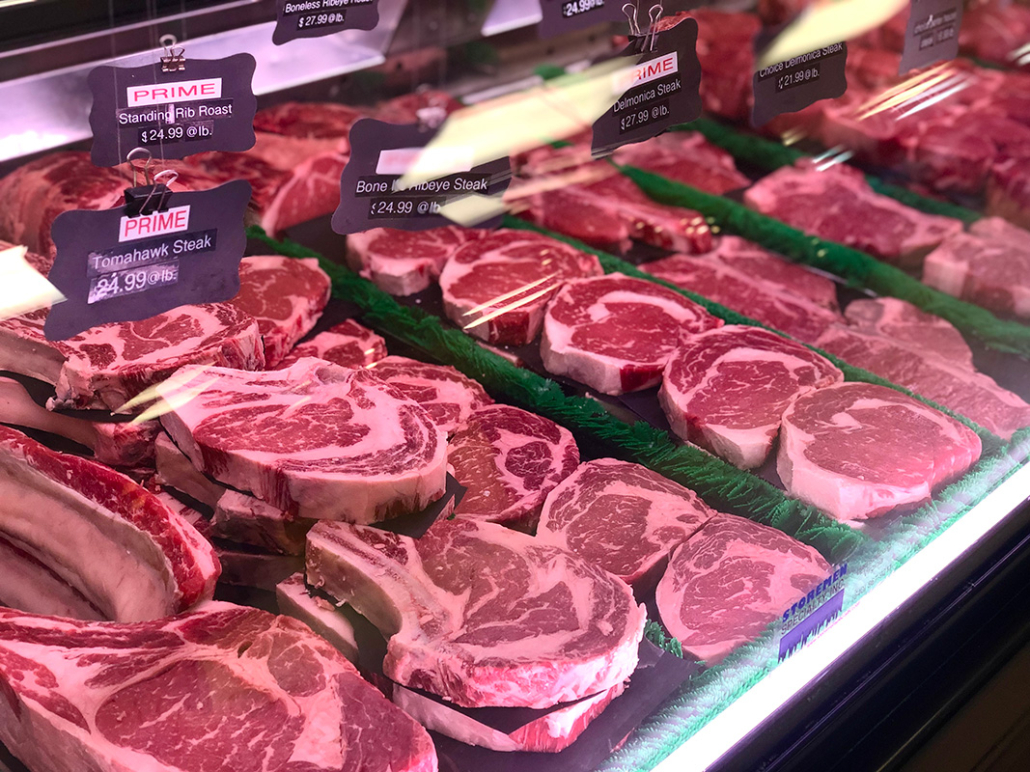Reveal the Art of the Butcher's Cut in a Modern Meat Market
In the ever-evolving landscape of contemporary meat markets, the butcher's cut has transcended its traditional origins, combining olden craftsmanship with modern techniques. What truly sets the modern butcher apart is their capacity to create a deeper connection in between customers and the beginnings of their meat.
Development of Butchery Techniques
The advancement of butchery methods shows an abundant tapestry of technology and adjustment driven by innovations in technology, changes in consumer demand, and a much deeper understanding of meat science. Historically, butchery was a craft gave through generations, with methods sharpened over centuries to take full advantage of yield and taste. The commercial transformation ushered in mechanization, transforming traditional methods and enabling large processing.
The mid-20th century saw butchery methods better refined by scientific insights right into muscle biology and meat aging, boosting both inflammation and preference. Advancements like vacuum cleaner packaging and refrigeration extended product shelf-life, allowing butchers to diversify offerings and enhance quality assurance. This period likewise noted the surge of specific equipment, such as band saws and meat slicers, which increased accuracy and efficiency in meat processing.

Electronic systems currently aid in monitoring animal provenance and enhancing cuts to fulfill specific consumer preferences. Furthermore, a resurgence in artisanal butchery has actually arised, blending traditional abilities with modern expertise to provide to customers looking for honest and sustainable meat choices.
Recognizing Meat Cuts
Recognizing the details of meat cuts is crucial for both butchers and consumers looking for quality and worth. For butchers, specific cuts show skill and respect for the craft, making certain minimal waste and optimal yield.

Recognizing muscle composition is important; muscle mass made use of much more frequently by the pet have a tendency to be harder and are best fit for slow cooking methods, while less-used muscle mass, like those located in the loin, are much more tender and perfect for grilling or roasting. Knowledge with these distinctions empowers consumers to make enlightened selections, enhancing their culinary ventures.
Selecting Quality Meat
Picking the right meat entails more than just choosing a visually enticing item from view publisher site the display screen. The art of choosing quality meat calls for a critical eye and expertise of particular features that symbolize freshness and quality.
Secondly, take into consideration the marbling, which refers to the white flecks of fat within the muscle mass. Proper marbling is a key indicator of inflammation and taste, as it thaws during food preparation, enhancing the meat's juiciness. Keep in mind, higher marbling usually associates with exceptional top quality cuts, such as USDA Prime.
Appearance is another vital aspect; meat needs to really feel strong to the touch, not slimy or overly soft. Additionally, be mindful of the fragrance. Fresh meat needs to have a tidy, neutral scent, totally free from any kind of sour or repulsive odors.
Matching Cuts With Cooking Approaches

Conversely, tougher cuts visit here like brisket and chuck roast are rich in collagen, which damages down into jelly when cooked gradually. These cuts are perfect for braising or slow roasting, allowing the meat to soften in time and develop deep, complex flavors. Cuts such as short ribs and pork shoulder fare well with slow-cooking methods, where extended cooking times change their robust structures into delicious meals.
Lamb shanks and oxtail, which require prolonged cooking to soften, are best prospects for stewing or slow-moving simmering. These methods coax out rich, hearty flavors while maintaining dampness. By comprehending the special features of each cut, chefs and home cooks alike can elevate their culinary productions, making sure each dish is both satisfying and memorable.
The Butcher's Function Today
Browsing the advancing landscape of the modern-day meat market, the butcher's function today extends beyond plain preparation of cuts. Contemporary butchers are cooking craftsmens, instructors, and advocates for lasting practices.
Along with crafting specific cuts, butchers now engage straight with customers, providing cooking suggestions and customizing selections to match private demands and preferences. Their proficiency in meat aging, marbling, and taste accounts empowers customers to make educated decisions, enhancing their cooking experiences. This tailored solution exemplifies the butcher's advancing duty as a trusted advisor in the kitchen area.
Moreover, butchers are critical go to this website in minimizing waste, using whole animals to develop varied items such as sausages and stocks. This thorough method not just values the pet yet likewise lines up with modern sustainability goals. This way, the contemporary butcher personifies both practice and development, adjusting to an ever-changing market while protecting the artistry and integrity of their craft.
Conclusion
Proficiency in recognizing varied meat cuts and top quality signs encourages butchers to give enlightened suggestions, aligning specific cuts with optimum food preparation approaches. By honoring historical techniques while welcoming modern demands, the butcher's role continues to be essential in today's innovative meat market.